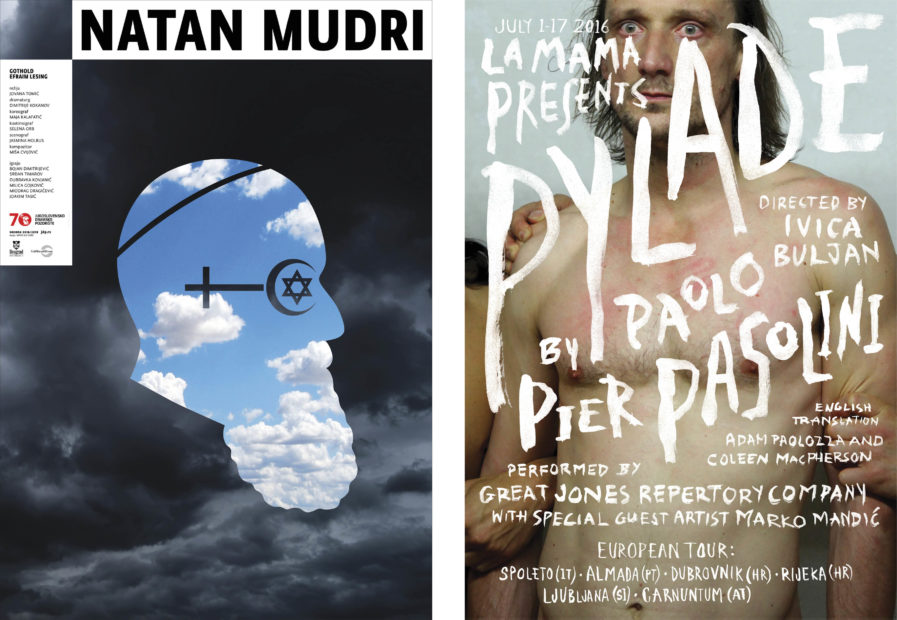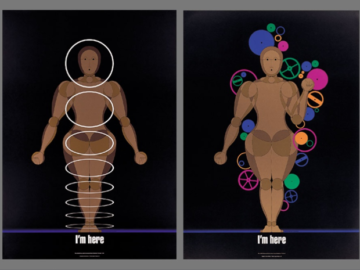Greatly influential in the world of design with a portfolio that spans lots of different design aspects, Mirko Ilic was born in Bosnia. In Europe, he drew comics and illustrations, as well as art-directed posters, books, and record covers. In 1991, he became the art director of the international edition of Time Magazine, and then in 1992 became the art director of the op-ed pages of The New York Times. In 1995, he established his eponymous firm, which designs for a wide range of clients, from pro bono organizations to high luxury hospitality brands. Ilic co-authored the book The Design of Dissent with Milton Glaser and ten books with Steven Heller. His work is in collections of institutions such as the Smithsonian Museum, SFMOMA, and MoMA, and he organizes and curates his own shows as well. The best-known of these is the Tolerance Poster Show, which has appeared more than 130 times in 39 countries around the world. Ilic teaches in the MFA Illustration program at the School of Visual Arts in New York.
When it comes to subject matter, Mirko has a clear and unique insight into society, politics, globalization, and new technology, bringing a sense of social responsibility to the design world while also championing how designers are a group of people with their own independent ideas, rather than subordinates to their clients. Mirko is also not afraid to try new technology when designing, skillfully employed new techniques such as 3D and computer modeling, creating a style that, in the words of graphic designer Jianping He, “is full of richness, wisdom, humor, and, as usual, his sharpness, linking and carrying forward the tradition of European graphics.”






